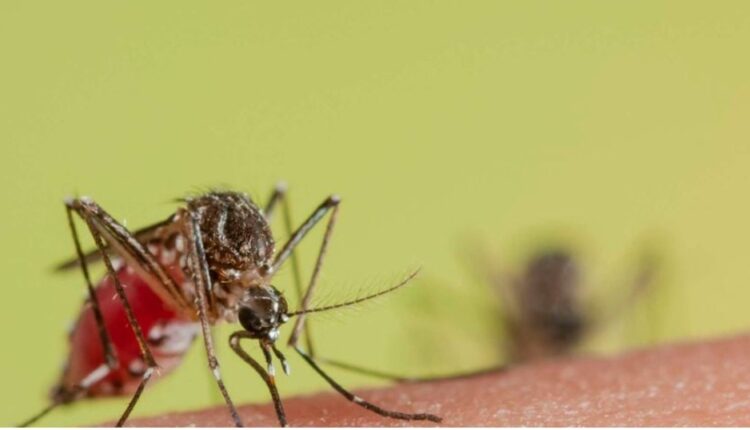
Deadly mosquito species now in Kenya
A deadly mosquito species that has the ability to transmit two parasites has landed in Kenya from Ethiopia, and is likely to fuel malaria infections especially in Northern Kenya, the Centers for Disease Control and Prevention (CDC) has said.
The mosquito—scientifically known as Anopheles stephensi (An. Stephensi)—transmits both Plasmodium falciparum and Plasmodium vivax malaria parasites.
While Plasmodium falciparum is responsible for more deaths, Plasmodium vivax is the most widespread of all of the malaria species and can cause severe, even fatal infections, contributing to significant global morbidity and mortality, according to the World Health Organization (WHO).
The species, CDC says, has been found in Turkana and Marsabit counties. Having been found in Lodwar, a major town on a major land transport corridor, scientists are worried that it could spread even further.
The mosquito species is known to hide in containers usually used by long-distance truckers, allowing them to breed. They are also adept at exploiting built environments due to climate change, thriving in areas with no prior history of their existence.
The species has the potential to increase P.falciparum incidence by 50 per cent according to recent mathematical modelling and as has been observed in Djibouti, the researchers noted.
“The An. stephensi isolated in Kenya matched closely with isolates from India, Iraq, Yemen, Iran and Nigeria, but were more distant from the isolates from Ethiopia,” the Division of National Malaria Program and Kenya Medical Research Institute (Kemri) said.
WHO says that the An. Stephensi mosquito has the ability to thrive in urban and man-made environments, setting it apart from the other malaria vectors that primarily breed in naturally occurring water bodies in rural areas.
“Where An. stephensi has been reported in Africa, it has been found to be resistant to many of the insecticides used in public health, posing an added challenge to its control. The invasion of An. stephensi in sub-Saharan Africa—where the burden of malaria is highest and over 40 per cent of the population lives in urban environments—is particularly worrying. Since 2012, An. stephensi is thought to have contributed to a resurgence of malaria in Djibouti City and at least one outbreak of the disease in Ethiopia,”WHO says.
While overall contribution of An. stephensi to malaria transmission in the region is unclear, WHO says the rapid growth of many African cities, coupled with the invasion and spread of this highly efficient and adaptable malaria vector, could undermine the gains made in reducing the burden of the disease.
Speaking in an interview with the Nation on Monday, Dr Willis Akhwale, Kenya’s Special Advisor to the End Malaria Council Kenya, said Kenya remains committed to fighting the disease.
“You need policy, you need clear strategy, you need to monitor what you are getting, but then, most important, you need to implement what needs to be done. And over a period of time you need to continue to monitor some of your key indicators to know whether you are having a public health impact and whether you are saving lives, and that’s even more important,” said Dr Akhwale.
According to the Zero Malaria Campaign Coalition, Kenya has reduced the prevalence of malaria by nearly 50 per cent.
